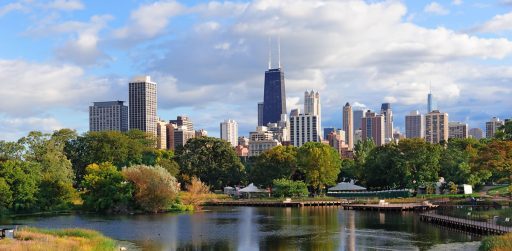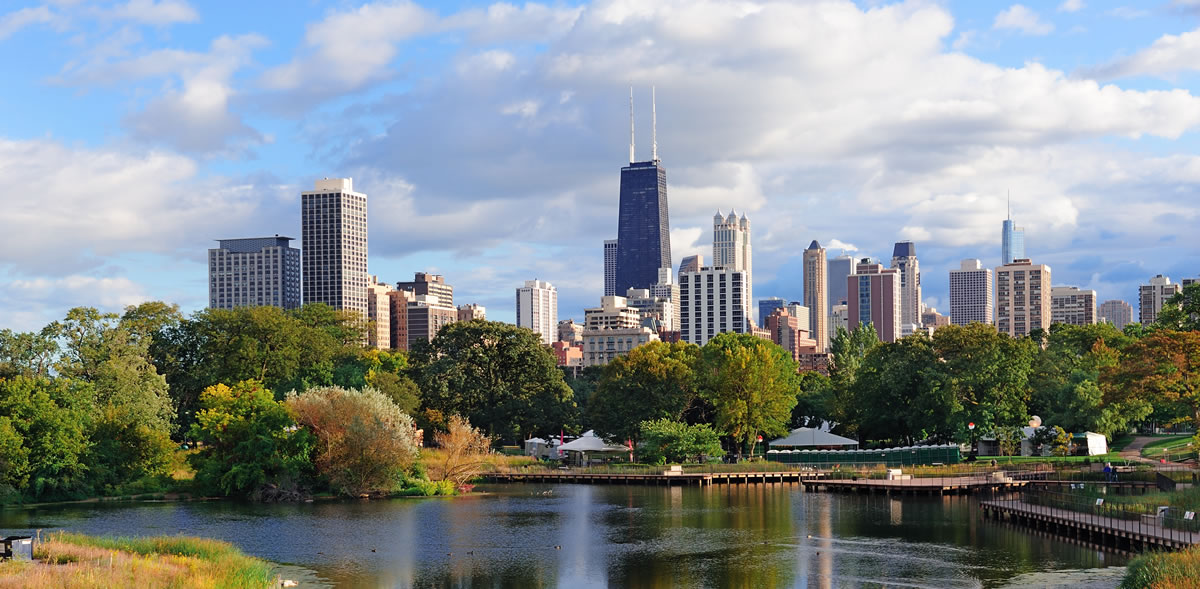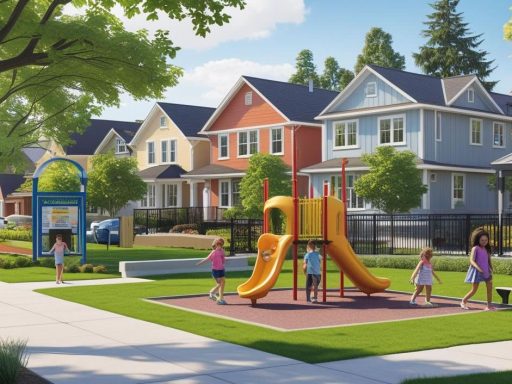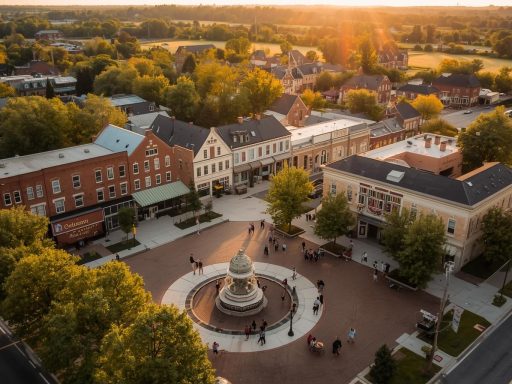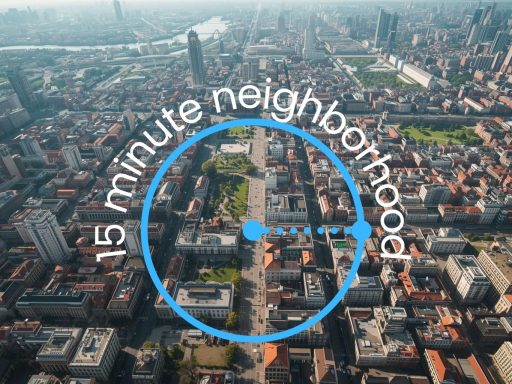Buying a home is one of the biggest financial and lifestyle decisions most people will ever make. While the house itself gets a lot of attention—square footage, layout, finishes—the surrounding neighborhood plays an equally important, and often more lasting, role in a buyer’s satisfaction. The truth is, you can remodel a kitchen or add a bathroom, but you can’t move a house to a safer street, shorten your commute, or build a good school down the block.
That’s why smart buyers take a hard look at the area around a home before making an offer. They know the right neighborhood can make daily life easier, more enjoyable, and potentially more profitable when it comes time to sell. So, what are the top factors homebuyers look for outside of the home itself? Let’s take a deep dive into the five biggest ones—and why they matter so much.
1. Safety and Low Crime Rates
Safety isn’t just a checkbox; it’s a fundamental need. For many buyers, a neighborhood’s safety level can make or break a purchase decision before they even step inside the property. Surveys consistently place crime rates at the top of buyers’ priority lists, with a 2025 Clever Real Estate study showing that over 75% of buyers consider safety a decisive factor.
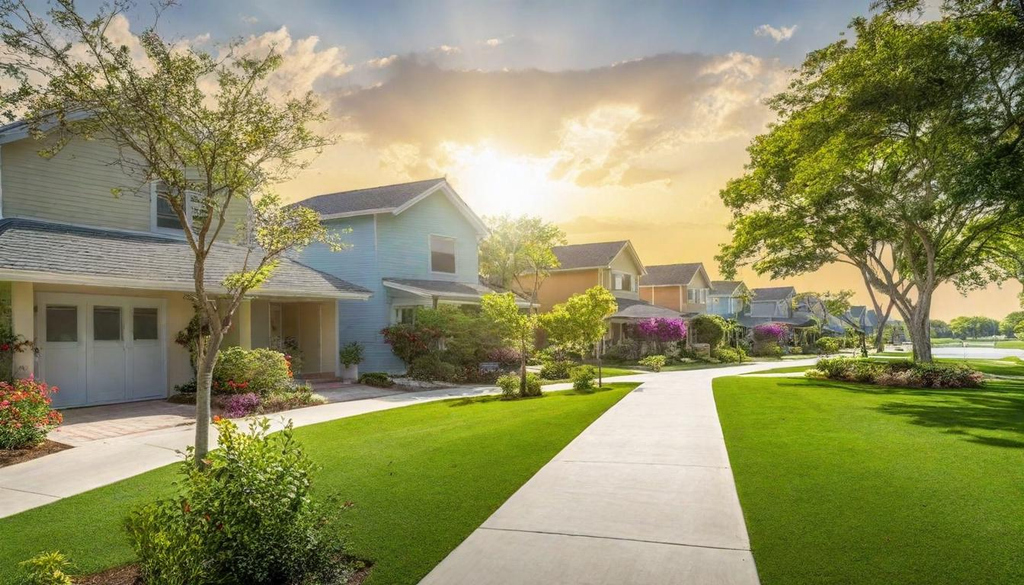
When buyers talk about “safe,” they’re looking for more than just low crime statistics. They want to feel comfortable walking their dog after dark, letting kids play outside, or leaving their car parked overnight without worry. In practice, this means buyers research reported crime data, speak to local residents, and pay attention to a neighborhood’s general upkeep—because well-maintained streets often reflect community pride and vigilance.
For sellers and agents, understanding this priority means having reliable, hyperlocal crime data available. That way, you’re prepared to answer questions with facts, not vague reassurances.
2. Quality of Local Schools
Even buyers without children often consider school quality when choosing a neighborhood. Why? Because strong schools are a reliable indicator of community stability and tend to support higher property values over time. The National Association of Realtors reports that over half of all buyers weigh school quality in their decision-making.
Quality schools don’t just mean high test scores. Buyers look at extracurricular offerings, special programs, graduation rates, and teacher-to-student ratios. Proximity is also key—many parents want to be within a short drive or even walking distance of their child’s school.
The school factor has long-term implications. Even if buyers don’t need a great school district now, they know it can be a major selling point down the line. For that reason, it’s one of the most consistent drivers of neighborhood demand.
3. Proximity to Amenities
Convenience is a major lifestyle booster, and today’s buyers expect it. Having easy access to grocery stores, coffee shops, restaurants, parks, gyms, and medical facilities can dramatically improve day-to-day life. A neighborhood with strong amenities often feels more vibrant and connected, which is appealing to people at all stages of life.
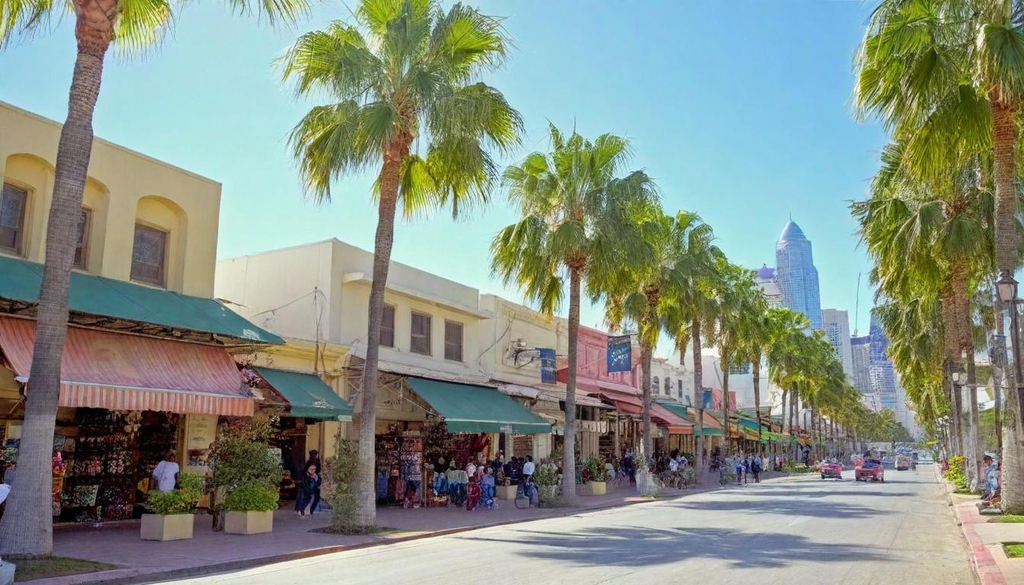
Walkability is an especially big draw. While not every buyer insists on a walkable neighborhood, those that offer it often see higher demand and faster appreciation. Buyers want to know if they can grab a coffee, run errands, or take the kids to a park without getting in the car every time.
In 2025, convenience isn’t just a perk—it’s an expectation. Proximity to services and leisure activities has become a defining feature of neighborhood livability, and it plays a big role in separating “nice” areas from truly desirable ones.
4. Commute Times and Transit Options
Even with the rise of remote and hybrid work, commute times still matter. Many buyers want flexibility—a short drive to the office when needed, plus easy access to transit options for city trips or errand runs. For younger buyers, especially those aged 26–44, commute considerations are a top priority, according to a 2025 ListWithClever survey.
It’s not just about the daily grind. Access to major highways, public transportation hubs, and even bike lanes can influence a neighborhood’s appeal. Shorter commutes mean more time at home and less stress, which translates directly into quality of life.
When evaluating neighborhoods, buyers often compare average commute times, traffic patterns, and available routes. The more options a neighborhood offers, the more attractive it becomes to a wide range of potential residents.
5. Future Growth and Development Potential
Savvy buyers know that a home purchase is part lifestyle choice, part investment. That’s why they pay attention to a neighborhood’s trajectory, not just its present condition. Signs of future growth—new business openings, infrastructure improvements, transit expansions—can all point to rising property values and increased desirability.
According to the National Association of Realtors, areas experiencing economic development tend to see stronger appreciation over time. Buyers want to know if the city has plans for new schools, parks, or community spaces. They might also investigate whether large employers are moving in or if there’s a trend toward revitalization in nearby districts.
A neighborhood with positive momentum can be a win-win: better amenities and infrastructure for daily life now, plus a stronger financial position in the years to come.
Why This Matters More Than Ever
With high interest rates, limited inventory, and shifting buyer preferences, choosing the right neighborhood has become just as important—if not more so—than choosing the right home. The pandemic years reshaped how people view their surroundings, putting a greater emphasis on community, convenience, and long-term livability.
For buyers, having access to reliable, hyperlocal data is the key to making a confident decision. For agents, being able to provide that data builds trust and positions you as a market expert.
That’s exactly where Local Insights comes in. Our reports pull together over 300 data points—including crime stats, school ratings, amenity maps, commute times, and economic trends—so you can see the complete picture of any neighborhood before you commit.

